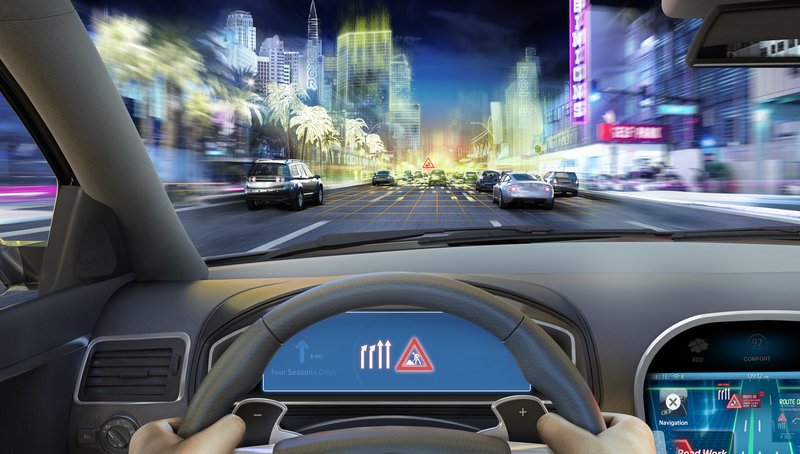The Internet enables better Vehicles: Continental demonstrates dynamic eHorizon on Las Vegas Roads
- Continental’s electronic horizon (eHorizon) enables more efficient and safer vehicles
- Use cases for the dynamic electronic horizon demonstrated on public roads during CES in Las Vegas
Auburn Hills, Michigan, USA, December 15, 2015. Knowing the road ahead is key for more intelligent, safer and efficient vehicles. This assumption is what’s driving the international technology company Continental to further develop its eHorizon technology, which will be demonstrated during CES (January 6 – 9, 2016 in Las Vegas, Nevada). At CES, Continental will show with two use cases based on the latest generation of the eHorizon – the dynamic eHorizon – how data from the cloud can predict the road ahead, ultimately reducing fuel consumption and making vehicles safer. Both demonstrations will be conducted on public roads in Las Vegas.
In the commercial vehicle market since 2012, Continental has already proven that the static eHorizon, which uses certain data from a static map stored in the vehicle, enables a significant reduction of fuel consumption (around 3% on average). As a result of this proven success, Continental has taken the development of eHorizon even further by using the cloud and crowd intelligence to enhance the digital map in the dynamic eHorizon Backend with fresh and accurate information. This allows Continental to include dynamic and lane specific data such as variable speed limits, traffic lights, construction sites, or obstacles on the road and make it directly usable for vehicle electronics or to inform the driver.
“At the CES we will demonstrate how the dynamic eHorizon enhances drivetrains and warns drivers about hidden dangers in real driving situations. The result: cleaner and safer vehicles thanks to Internet technology” said Ralf Lenninger Head of Innovation, System Development and Strategy at Continental’s Interior division.”
eHorizon increases efficiency of 48 Volt EcoDrive with Connected Energy Management
After already demonstrating that the mild-hybrid 48 Volt Eco Drive with static eHorizon can increase fuel savings, Continental is connecting the drivetrain directly to the dynamic eHorizon backend to utilize active information on traffic flow and other events on the route for increased energy management.
“Connecting our 48 Volt System to the cloud allows us to unleash a huge potential for fuel savings. Based on dynamic data such as traffic-signal-phases or variable speed limits, we are able to adjust the energy management anticipating events ahead of the vehicle. This enables even more efficient driving strategies with an optimum combination of engine-off coasting and regenerative braking,” said Dr. Oliver Maiwald, Head of Technology & Innovations in Continental's Powertrain Division. “Overall, the connected energy management reduces fuel consumption by an additional 3-4 percent.”
To experience dynamic eHorizon with Connected Energy Management, a demo vehicle will be at the CES and will showcase real-time traffic light data on public roads in Las Vegas for increased fuel efficiency.
Dynamic eHorizon allows vehicles to ‘look around the corner’ and reduce accidents
“Predictive driving is safe driving. This is what any driver learns in driving school. However, there are situations – for example an accident behind the next curve – which cannot be detected early enough by the human eye or the vehicle’s sensors,” said Lenninger, “With Continental’s dynamic eHorizon a driver will experience how we use information gathered by other vehicles to allow the car to see around the corner and subsequently warn drivers even before they could detect the situation themselves.”
Utilizing the cloud and swarm-intelligence for real-time data, the Blind Curve Warning demo vehicle by Continental will demonstrate increased comfort and safety with early notification and a better understanding of the road ahead. If a vehicle or obstacle is a potential hazard to the driver, a visible warning will appear long before the driver or even the environmental sensors could recognize the trouble zone. This gives the driver ample time to maintain an informed and smooth driving experience even through ‘blind’ curves and hills.

Sebastian Fillenberg
Head of External Communications
Continental Automotive


